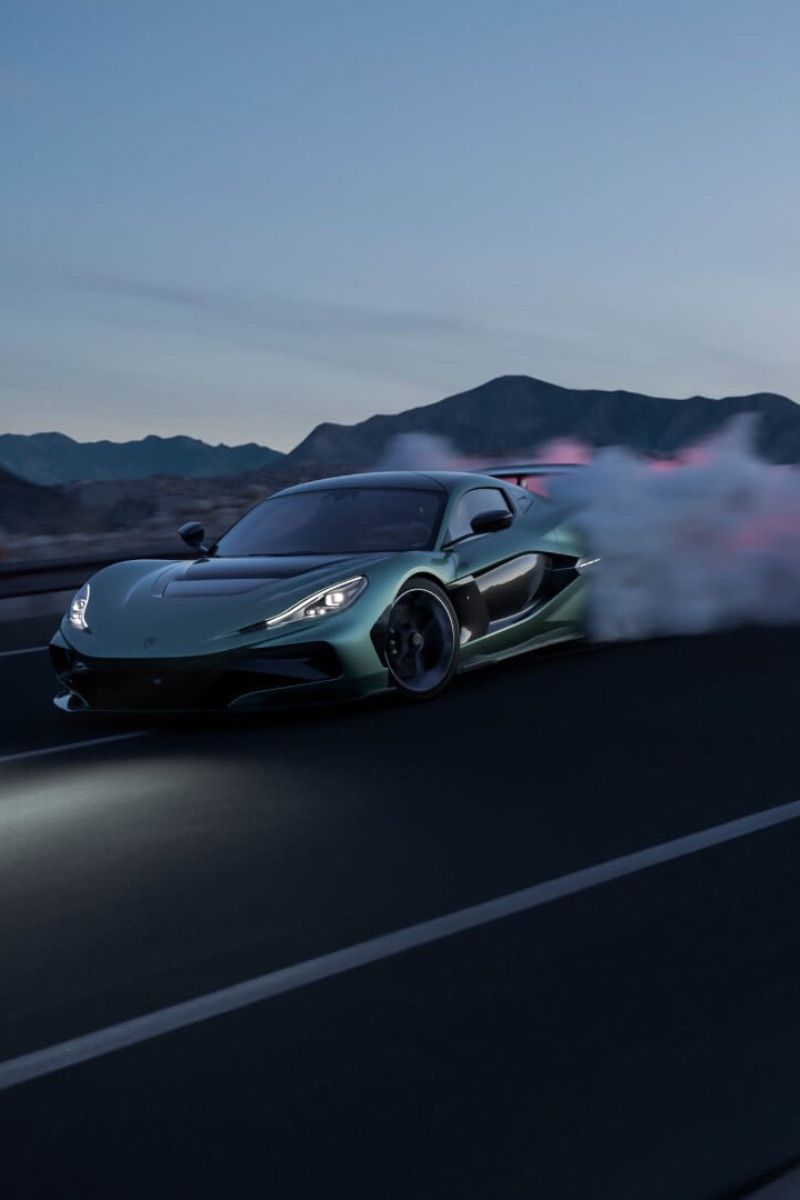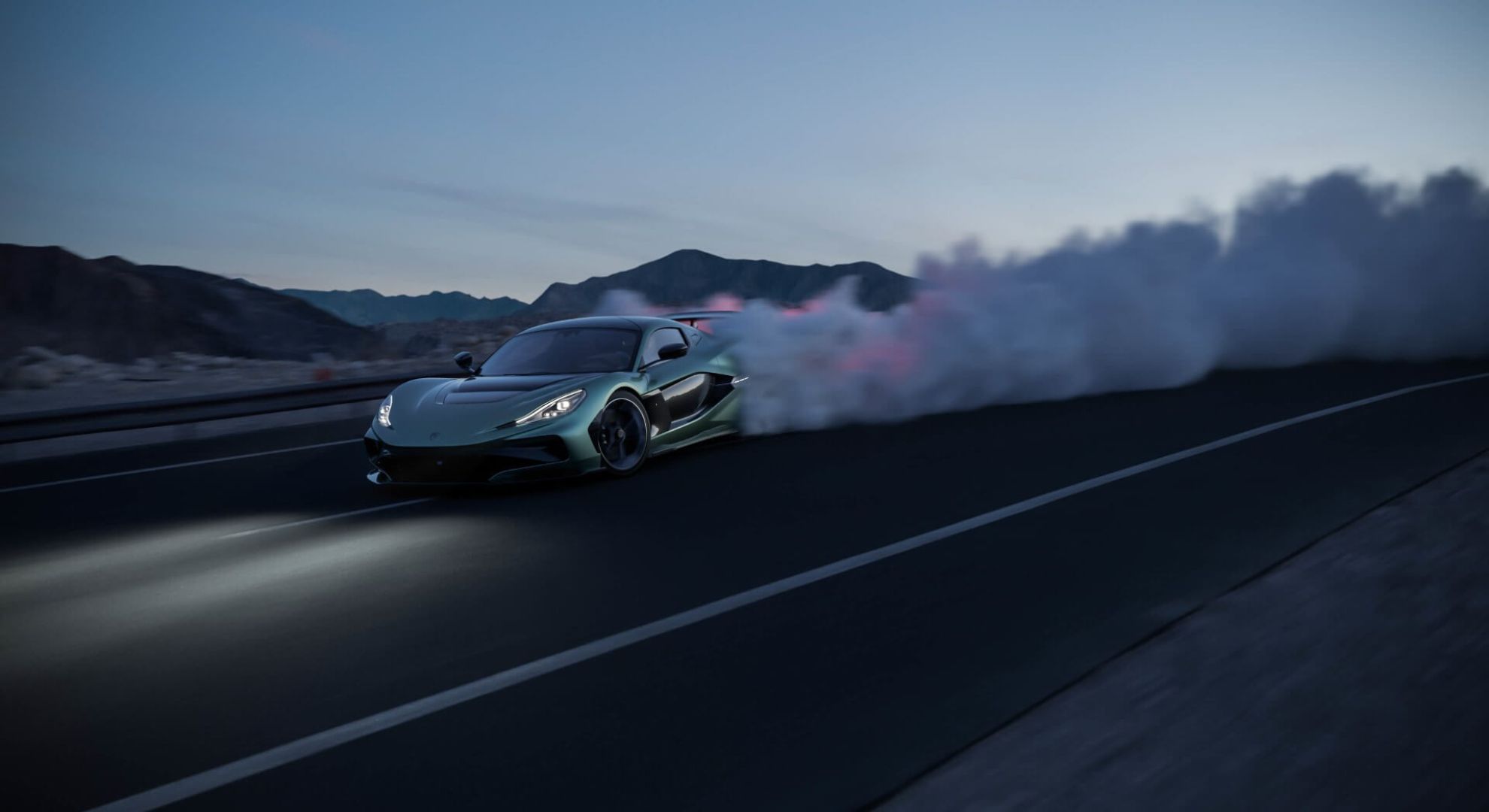Not all hypercars are created equal. Some exist to flaunt their wind tunnel-honed curves on social media. Others exist to annihilate every measurable benchmark in their path. This is about the latter. The record-breakers. The stopwatch killers. The ones that turned the laws of motion into a personal challenge.
What follows is a curated roll call of the most obsessive feats in modern automotive engineering—cars that didn’t just go faster, but did it first, or better, or so outrageously that the rules had to be rewritten after.
1. Rimac Nevera R (2024–present)
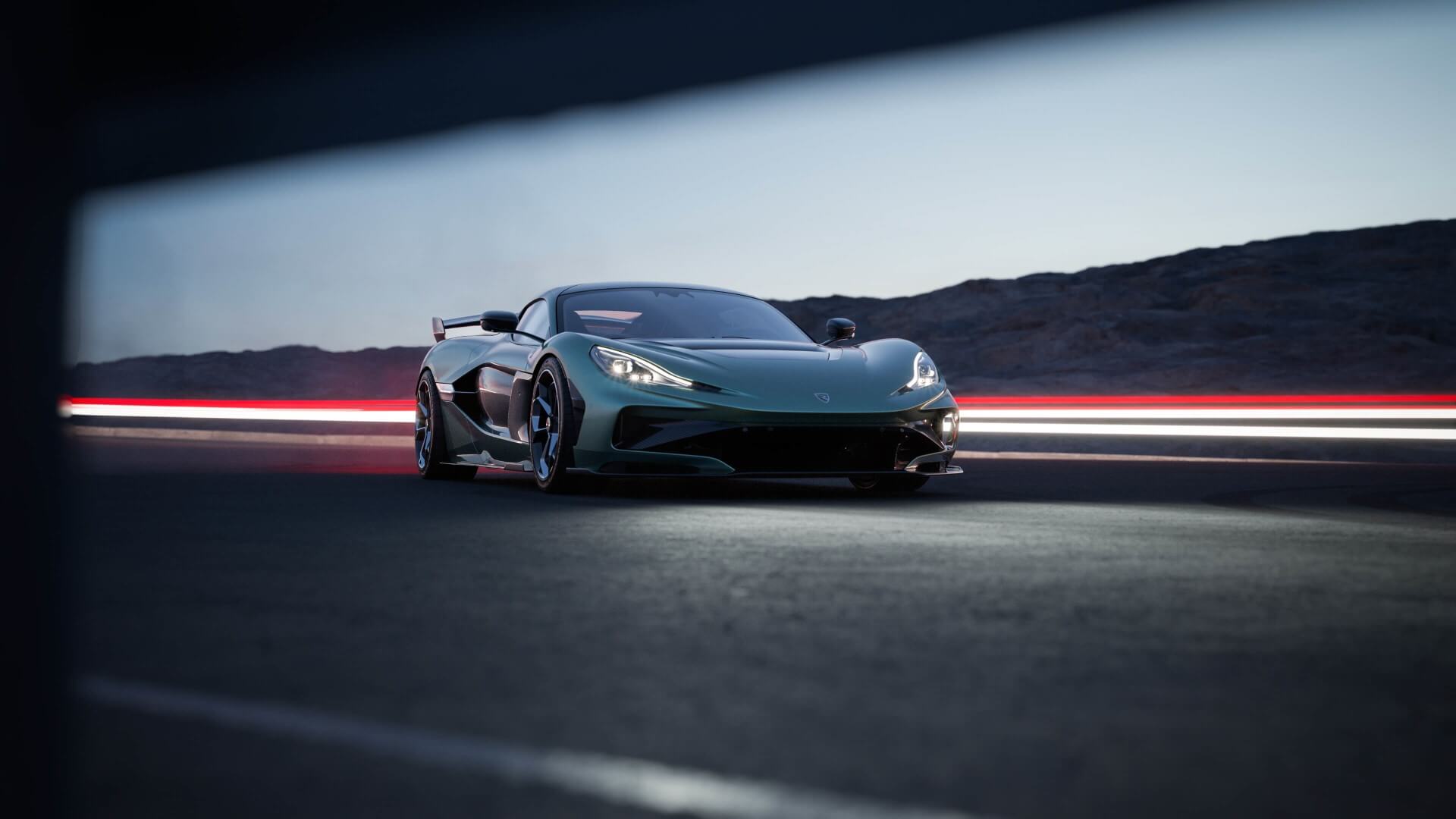
The most decorated production car on Earth right now, the Nevera R isn’t just a fast EV—it’s a historic anomaly. In 2024, it logged 24 verified performance records in a single day. That includes the fastest 0–60 mph time ever recorded (1.66 seconds), a 0–100 km/h time of 1.72 seconds, and a world-beating 0–400–0 km/h run in just 25.79 seconds. It also became the fastest electric production car ever made, clocking a top speed of 268 mph.
Under the hood—well, under the floor—is a 120 kWh battery feeding four independent electric motors with a combined 2,107 hp. It’s silent, savage, and unrelenting. The fact that it’s Croatian? Just makes the story even better.
2. Koenigsegg Regera (2019–present)
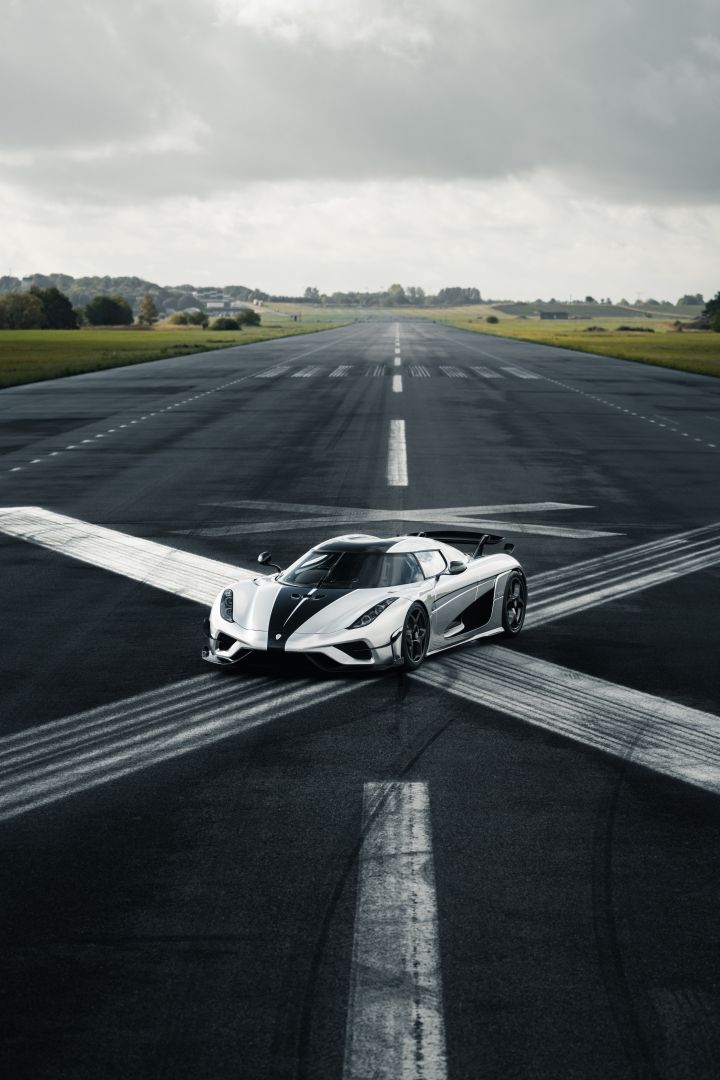
This plug-in hybrid had one job: outrun everything. In 2019, it beat the 0–400–0 km/h record with a time of 31.49 seconds. Then, in 2023, it broke its own record, slicing that down to a ridiculous 28.81 seconds. Koenigsegg calls it Direct Drive. No gearbox, just a twin-turbo V8 mated to three electric motors and a battery the size of a carry-on suitcase. It makes over 1,500 hp and delivers it like a tsunami. Still legal for road use. Still faster than anything you’ve ever stood next to.
3. Koenigsegg Agera RS (2017–2019)
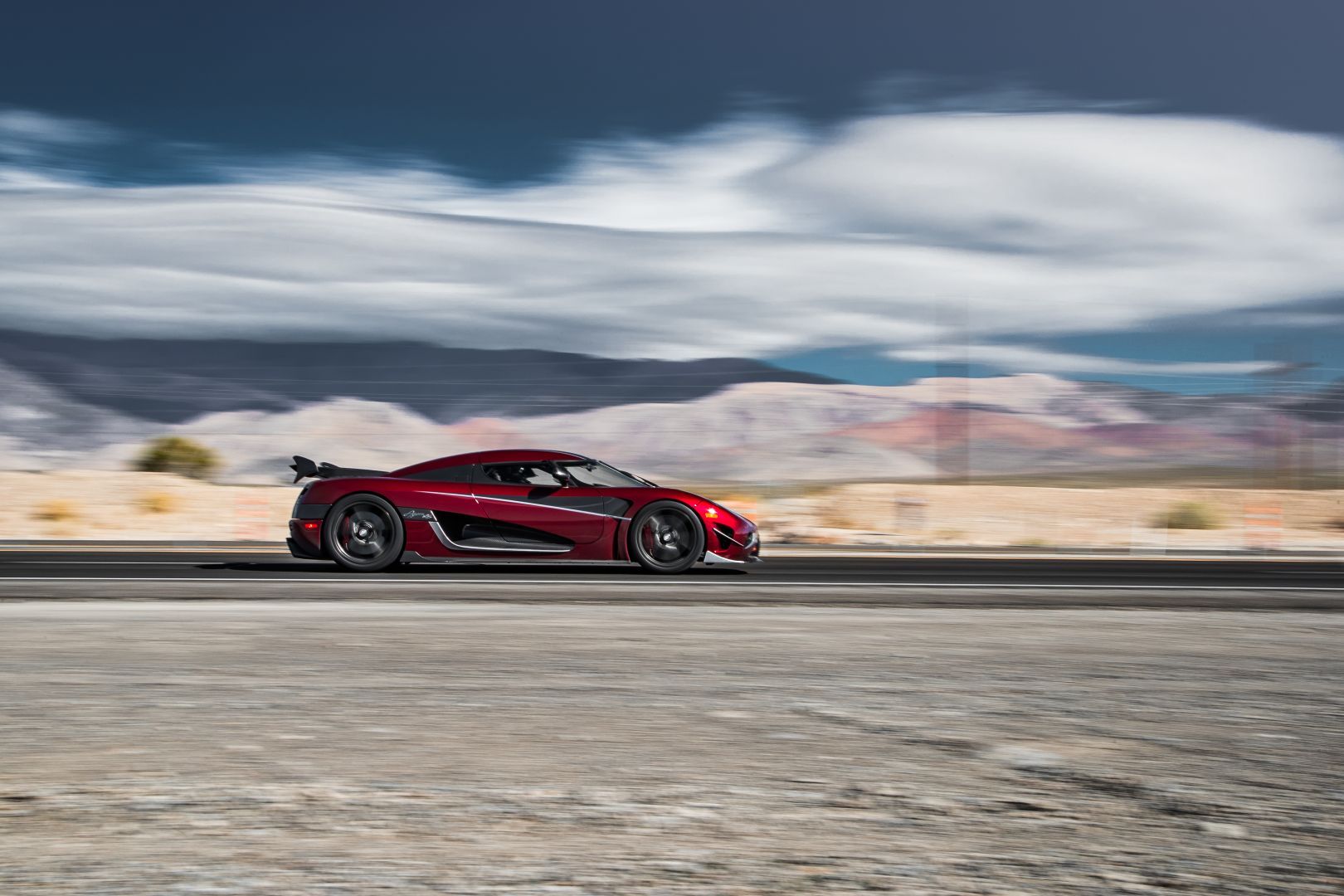
Before the Regera arrived with its silent swagger, the Agera RS was Koenigsegg’s blood-and-thunder flagship. In 2017, it became the fastest production car in the world with a two-way average speed of 277.87 mph. It also held the 0–400–0 km/h record at 33.29 seconds before the Regera politely shoved it aside.
With a dry weight under 1,400 kg and a twin-turbo V8 that could run on regular petrol or rocket fuel (almost), it was built to humiliate Bugatti. Mission accomplished.
4. Bugatti Chiron Super Sport 300+ (2019)
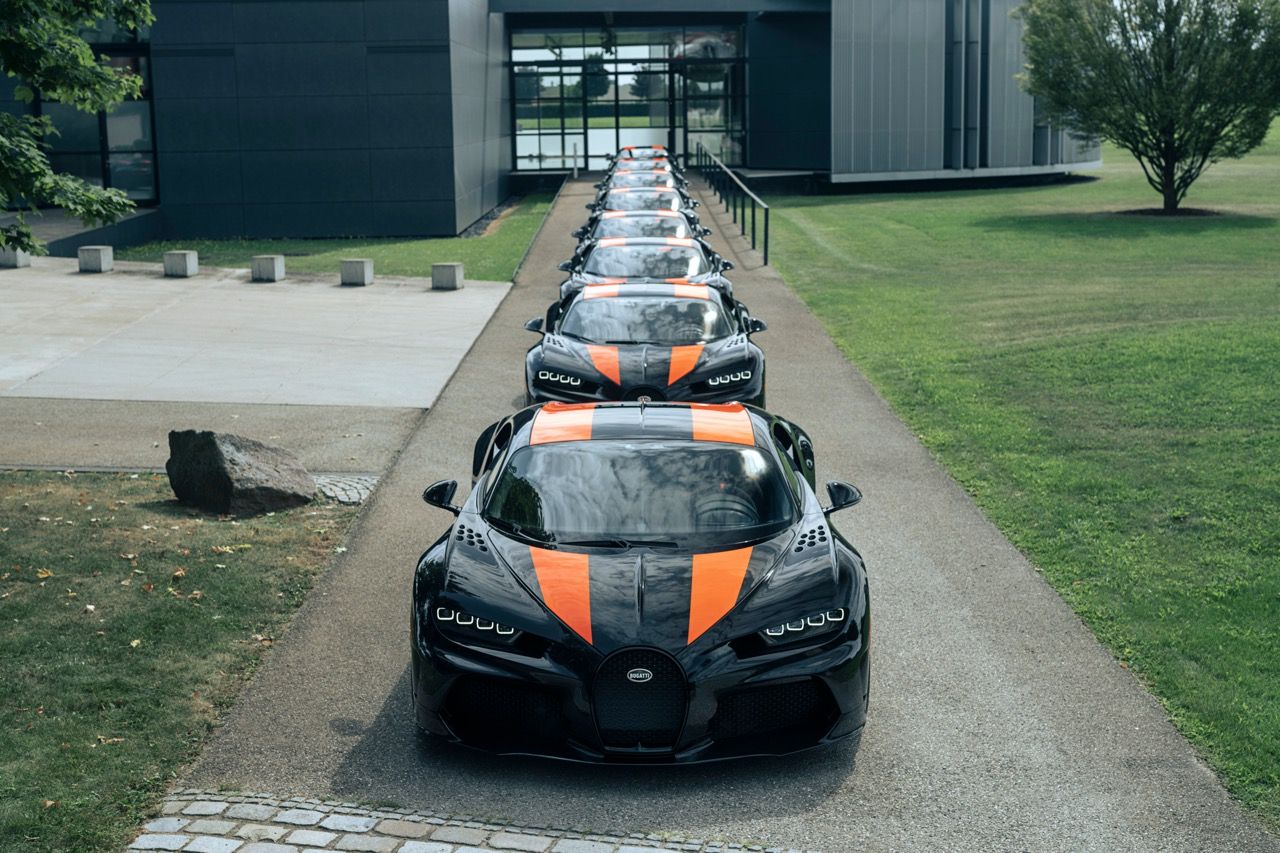
In 2019, Bugatti decided it was done playing defence and sent the Chiron Super Sport 300+ into the record books. The car hit 304.773 mph in a one-way run, making it the first production car to officially break the 300 mph barrier.
It featured a longer, more aerodynamic tail than the standard Chiron and a reworked W16 engine producing 1,600 PS. Bugatti called it “the end of top speed chasing.” Right. Until the next one.
5. Bugatti Veyron Super Sport (2010–2017)
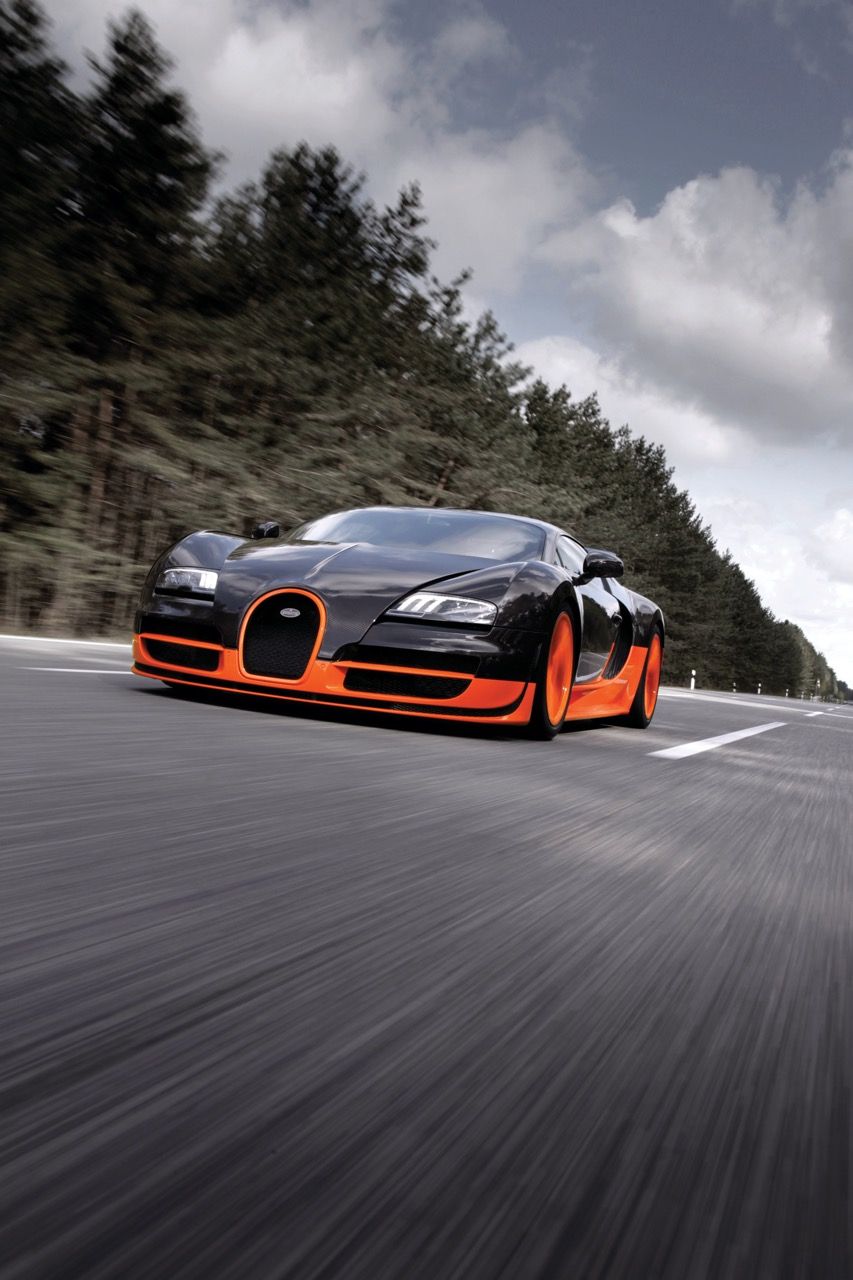
The car that started the speed wars of the 21st century. When the original Veyron hit 253.8 mph in 2005, it stunned the world. Five years later, the Super Sport upped that to 267.8 mph.
It was powered by an 8.0-litre quad-turbo W16 that sounded less like a car and more like a planetary event. With over 1,200 hp and a top speed governed only to keep the tyres from disintegrating, it was more spaceship than supercar. For seven years, nothing came close.
6. SSC Tuatara (2021–present)
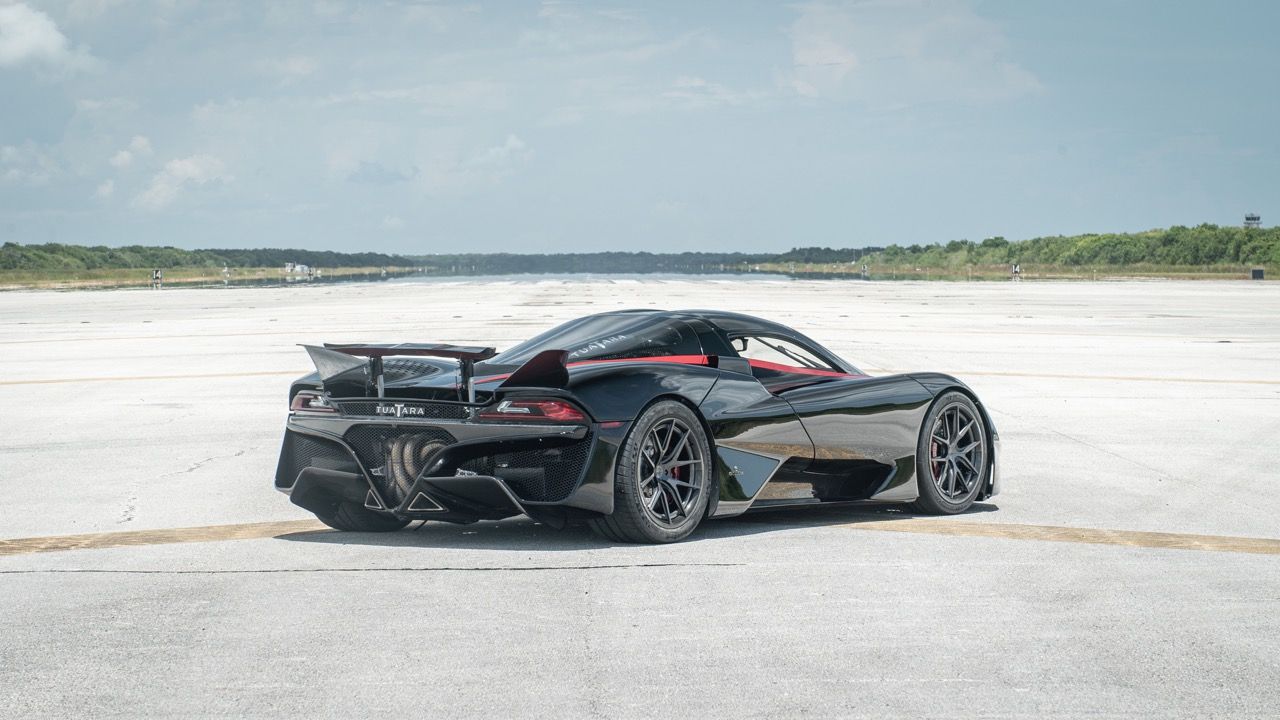
After a botched record attempt in 2020 that turned into an internet conspiracy, SSC came back swinging. In January 2021, the Tuatara recorded a verified two-way average of 282.9 mph, making it the second-fastest production car ever. With a twin-turbocharged 5.9-litre V8 producing 1,750 hp and a drag coefficient of just 0.279, it’s essentially a bullet with license plates. It's not the most famous name on this list—but maybe that's what makes it dangerous.
7. Mercedes-AMG One (2024–present)
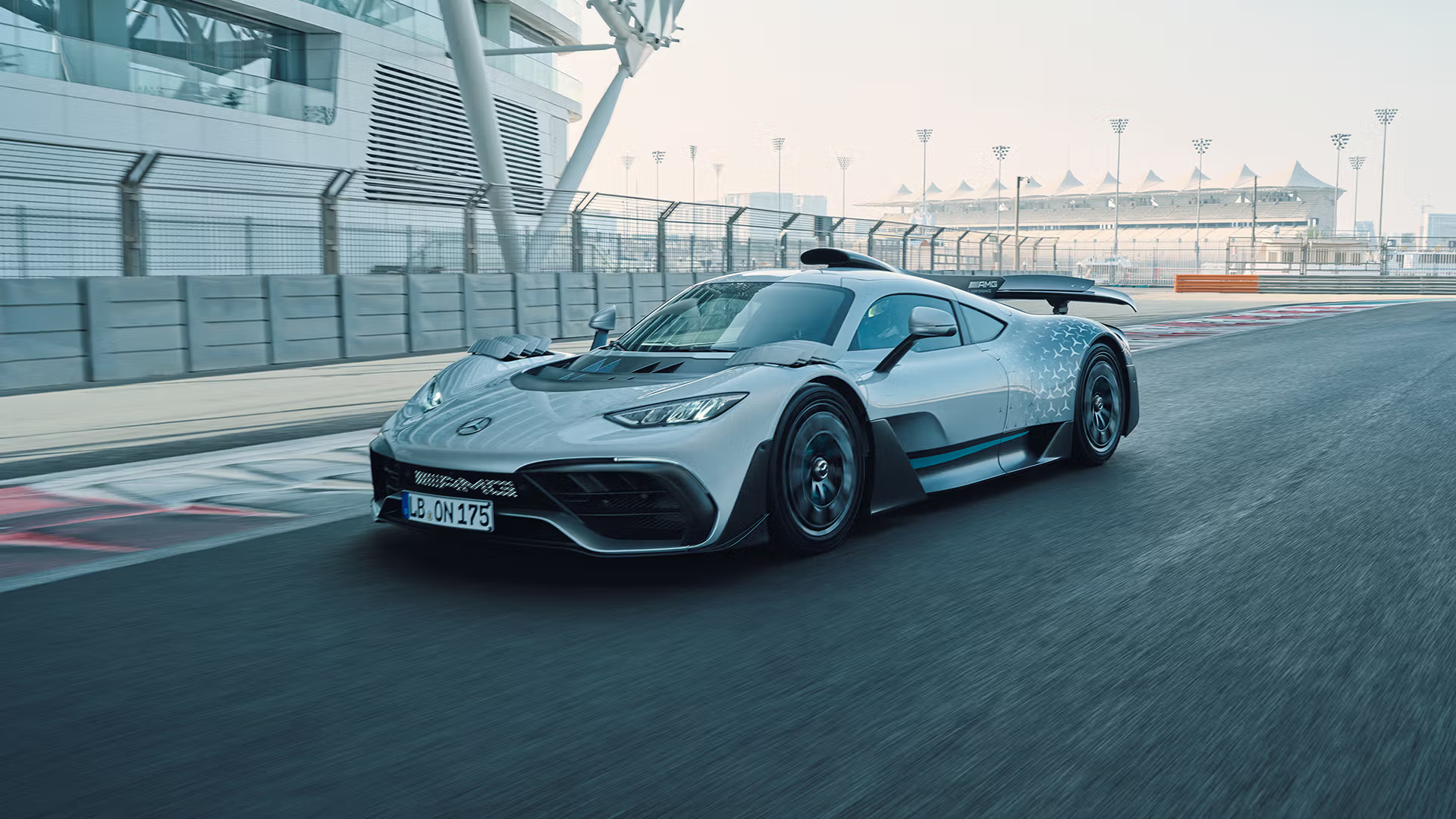
The AMG One is less a hypercar and more a road-going loophole. Powered by an actual F1-derived 1.6-litre turbo hybrid engine (the same tech that helped Mercedes dominate Formula One, it puts out over 1,000 hp and redlines at 11,000 rpm.
In 2024, it lapped the Nürburgring Nordschleife in 6:29.090, setting a new record for road-legal production cars and becoming the first to dip below the 6:30 mark. It’s not the fastest in a straight line, but corner-for-corner, it’s untouchable.
8. McLaren F1 (1998–2005)
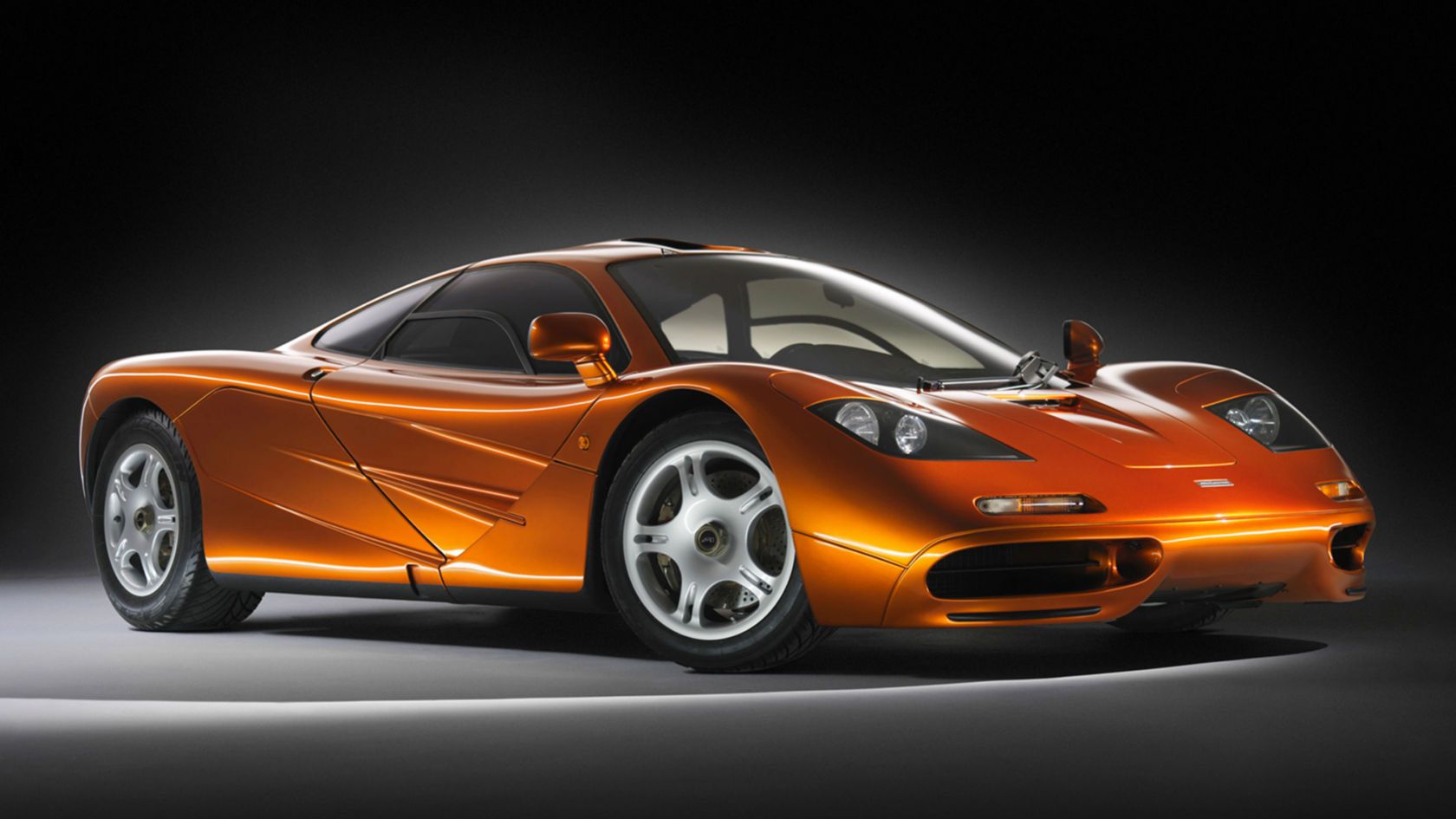
Before turbos, before hybrids, before marketing departments started saying "electrified," there was the McLaren F1. Naturally aspirated, rear-wheel drive, and good for 240.1 mph.
It held the title of fastest production car in the world for seven years. It weighed just over a tonne, had gold foil in the engine bay for heat insulation, and seated the driver dead centre. It wasn’t just fast. It was mythical.
9. Jaguar XJ220 (1992–1998)
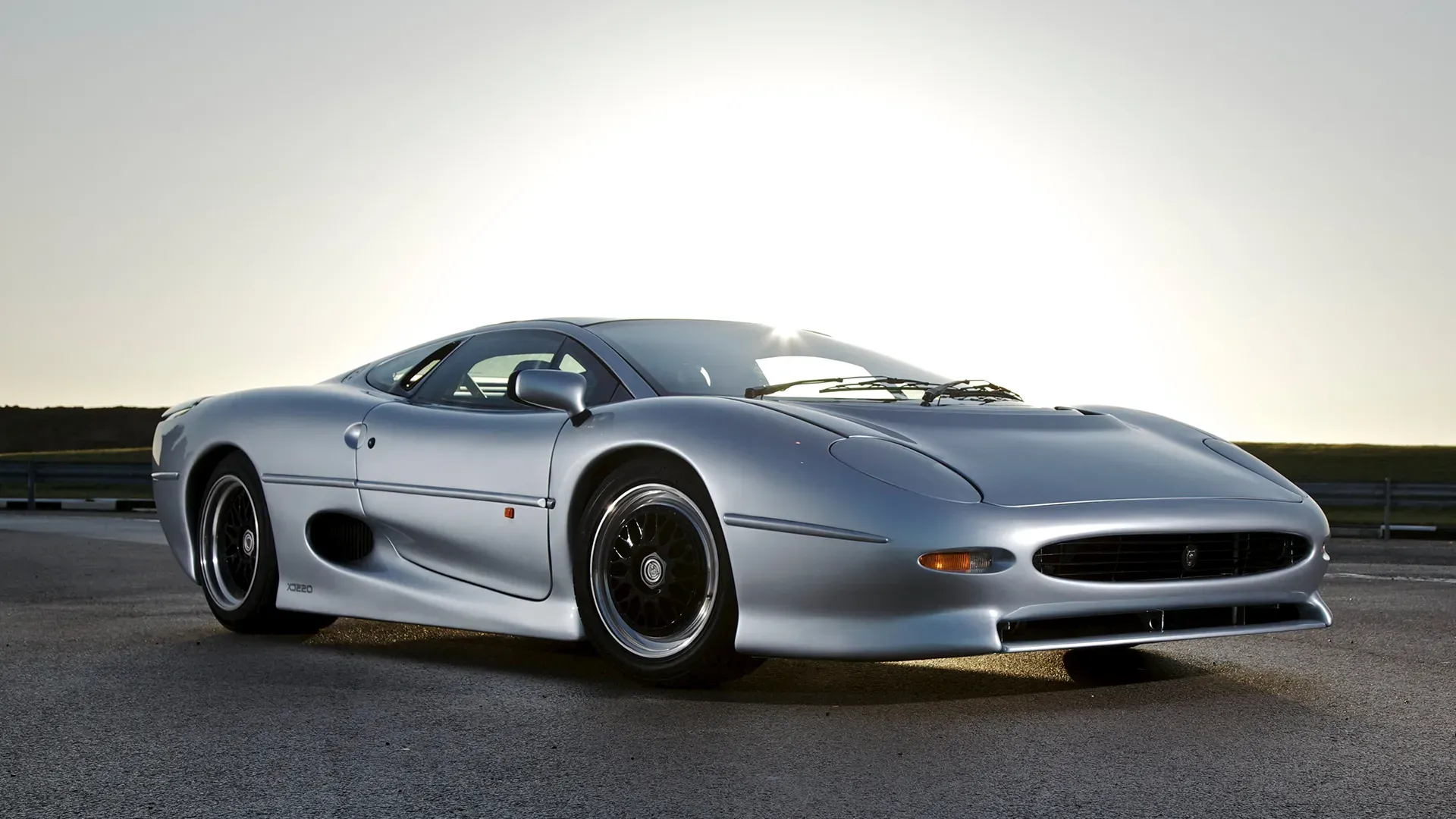
It looked like a concept car that somehow escaped the design studio. When it launched in 1992, the XJ220 became the fastest production car in the world, clocking 217 mph.
It wasn’t universally loved—Jaguar famously swapped the V12 it promised for a turbo V6—but in hindsight, it was a landmark. The first 200+ mph car most people had ever seen outside a wind tunnel. Underrated then, quietly legendary now.
